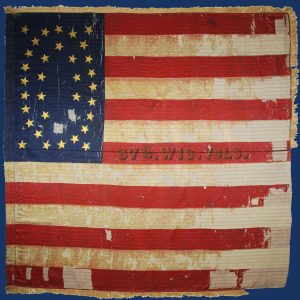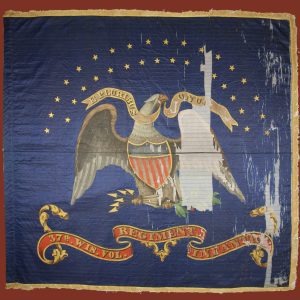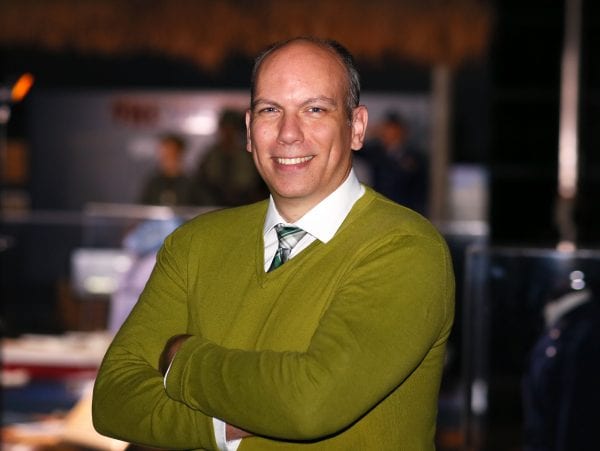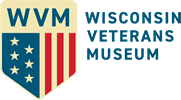The Green Bay Tribes
In 1861 three American Indian nations had reservations located in northeastern Wisconsin and reported to the federal Indian Agent located in Green Bay. Because of this, they were often referred to as the Green Bay tribes. The Menominee, Oneida, and Stockbridge-Munsee Mohicans each had a unique and complicated history of interaction with the United States government, the Wisconsin state government, and the American military. Yet men from each of these nations, for a variety of reasons, chose to volunteer for service in the Union Army. Their stories of bravery and perseverance in the face of tremendous obstacles deserve to be told and remembered.
The ways Native Americans joined Wisconsin regiments changed throughout the war. In 1861, while the state dealt with a surplus of volunteers, a decision was made to exclude Native men from state forces. In 1862, when the flood of volunteers began drying up, Wisconsin officials asked the federal government for permission to begin accepting Natives into their regiments; the federal government denied the request.
Despite this disparity, men from the Green Bay tribes had been enlisting into the U.S. Army in small numbers since the beginning of the war. For example, Alexander Abrams, Henry and John Davids, Jefferson Fiddler, and Jeremiah Welch from the Stockbridge-Munsee were among the first Natives to enlist. They served in Company A, 3rd Wisconsin Infantry Regiment and saw action at places like Antietam, Chancellorsville, and Gettysburg. Henry Davids was wounded three separate times during his service.
37th Wisconsin Infantry Regiment and Menominee Nation Volunteers
When the Union Army began enlisting African-American troops in 1863, they also began recruiting and accepting Native American troops in earnest. In Wisconsin, this led to two large concentrations of men from Green Bay tribes in two different regiments.
More than 40 members of the Menominee Nation volunteered for service in Company K, 37th Wisconsin Infantry Regiment in 1864. These men deployed to Virginia and took part in fierce fighting at the Battles of the Crater and Weldon Railroad, among others. According to the oral history tradition of the Menominee Nation, several Menominee non-commissioned officers, such as Corporals Seymour Hahpahtakwahnoquette and Meshell Kayso, translated orders from English into Menominee in training and in battle. Hahpahtakwahnoquette, Joseph Nahwahquah, Amable Nashahkahappah, and Felix Wahtahnotte were among the Menominee who were killed during the Battle of the Crater.
14th Wisconsin Infantry Regiment and Oneida Nation Volunteers
Companies F and G of the 14th Wisconsin Infantry Regiment held more than 50 members of the Oneida Nation. Enlisting in December 1863 and January 1864, these men deployed to Union held Vicksburg to join General Sherman’s Army of the Tennessee before taking part in the Atlanta campaign. The saw further action in Tennessee, Arkansas, and Alabama for the remainder of the war. These Oneida men suffered illness and wounds, and some died in service, such as Augustus Powlus, Cobus Danforth, and Paul Doxator.
First Native American GAR Post in Keshena
The pride that the men took in their service is further evidenced by their participation in Civil War veteran organizations. The Menominee formed the first Native American Grand Army of the Republic (G.A.R.) post in the entire country in Keshena, while the Oneida followed with the second.
All told, almost 300 members of the Green Bay tribes volunteered for service in the Civil War. Historian Milo Quaife noted that their “record for loyalty in the Civil War was one to put many a white community to shame…induced by no fear of conscription, they furnished a surprising number of volunteers.” That sense of service continues today with 19% of the Native population serving in the military compared to 14% of all other ethnicities, according to Department of Defense statistics.
National Colors of the 37th Wisconsin Infantry Regiment

37th Wisconsin Regimental Colors


This article first appeared in the Fall 2022 issue of The Bugle Magazine. It was written by Wisconsin Veterans Museum Archivist Russell Horton.

